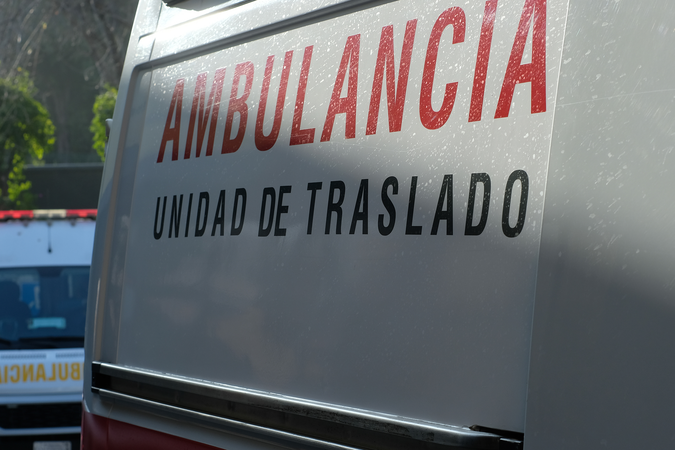The Future of Carbon Capture, Utilization, and Storage (CCUS): Status, Issues, Needs
This workshop brought together academic, government, and industry experts to review the status of carbon capture, utilization, and storage (CCUS) technologies, as well as the policy frameworks that would support further development.
Event Details
This workshop brought together academic, government, and industry experts to review the status of carbon capture, utilization, and storage (CCUS) technologies, as well as the policy frameworks that would support further development.
In both the electric power and industrial sectors, CCUS can play an important role in reducing global emissions of carbon dioxide (CO2). As of July 2016, a dozen countries are home to nearly forty large-scale CCUS projects in various stages of planning, construction, or operation.
The current cost of employing CCUS technologies is high, however—$60 to $70 per metric ton of CO2 for power plants for capture, storage, and transport. Utilization of the produced CO2 can help defray costs, but investment in CCUS often would not occur without a supporting policy framework. The Trump administration has expressed interest in “clean coal”—and support for CCUS fits into this strategy.
Watch the full video here or follow the links below to jump to specific segments.
Welcome and Introduction (10 minutes)
Alan J. Krupnick, Resources for the Future
Jarad Daniels, US Department of Energy
Introductory Keynote (30 minutes)
This session provides an overview of current technology and deployment needs, as well as issues related to CO2 capture and storage, emissions reduction goals to limit global temperature change to 2˚C, and how CCUS can help achieve those goals.
John Gale, IEA Greenhouse Gas R&D Programme (presentation)
Session 1. Capturing CO2 (50 minutes)
This session covers three broad types of CO2 capture (pre-combustion, post-combustion, and oxy-combustion), including their respective economics, current use, and R&D needs.
Lynn Brickett, National Energy Technology Laboratory (presentation)
Ed Rubin, Carnegie Mellon University (presentation)
Session 2. Transporting and Storing CO2; Enhanced Oil Recovery (1 hour)
This session reviews the domestic geologic potential for storing CO2 and addresses concerns about the extent of storage space that is not likely to fracture or lead to earthquakes. This session also covers the short- and long-term ramifications of and incentives needed for CO2 transportation and storage, as well as the use of CO2 for enhanced oil recovery.
Julio Friedmann, Lawrence Livermore National Laboratory
Daniel Kim, Occidental Petroleum (presentation)
Session 3. Lessons Learned from Completed Projects (50 minutes)
This session highlights the information obtained from large, commercial-scale CCUS projects in the United States and elsewhere that will help in further development of these technologies, and explores what these facilities are expected to cost and demonstrate, as well as the status of other such facilities in the United States.
John Gale, IEA Greenhouse Gas R&D Programme (presentation)
David Greason, NRG (presentation)
Session 4. Other CO2 Utilization Possibilities (30 minutes)
This session highlights other opportunities to utilize CO2 beyond enhanced oil recovery, providing examples of possibilities and research needs, and some sense of the potential gains.
Daniel Matuszak, US Department of Energy (presentation)
Session 5. Major US Policy Issues and Needs (1 hour 15 minutes)
This session covers the major policy issues involving CCUS, including the pros and cons of various policy choices. It also addresses audience questions, statements of concerns, or other recommendations about policy issues and needs.
Brad Crabtree, Great Plains Institute (presentation)
Michael Moore, FernOil, Inc. (presentation)
Additional Event Resources
Participants

Lynn Brickett

Brad Crabtree

Jarad Daniels

Julio Friedmann

John Gale

David Greason

Daniel Kim

Daniel Matuszak

Michael Moore

Edward S. Rubin




